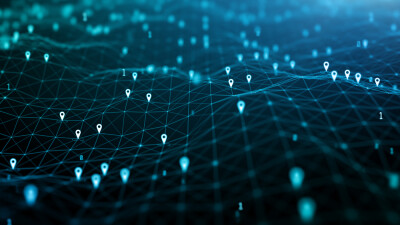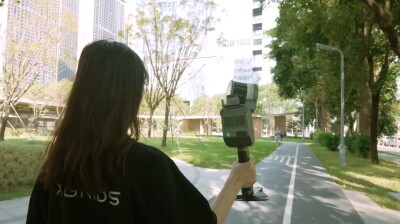Last year I thought it was a big deal when Faro’s Focus3D landed on PopSci’s list of the “100 Best Innovations of the Year” issue, but Popular Mechanics has an even more exclusive list than that, and 3D data capture takes up a good 30 percent of the “Top 10 Tech Breakthroughs of 2012” (with a little printing thrown in).
• First up is the Lytro camera, which is really a 3D data capture device, in that it’s constantly capturing light from all directions. I haven’t yet seen someone harness this power for a major advancement in photogrammetry or some other jump forward, but it’s only a matter of time, in my opinion. This ability to refocus after the fact has to have an application and there are smarter guys than me working on it, surely.
• Second up is 123D Catch, and that’s got to be a nice validation for Autodesk. I 100 percent agree that this is a major step forward for the field of 3D data capture. I mean, this is FREE. Anyone can start creating 3D models from the world around them. This is Star Trek stuff come to life, people. I know many of us take this kind of technology for granted, since we work with it and talk about it all day, but to the world at large this is mind-blowing. I’ve seen minds blown just from what I show people on my phone. Good on Popular Mechanics for noticing.
• Cubify also gets a nod, and for good reason. I’m not personally sure the price point is low enough to create the DIY impact that many think the device will cause, but it’s a pretty good start. 3D printing in the home will absolutely drive the desire for 3D data. I’m sure of it. I’m just not sure a $1,300 printer gets into the home very often. But maybe I’m wrong.
• Finally, there is Leap Motion, and I think this is going to be the next big game changer in our little community. Just as the Kinect brought 3D data to a whole new world of developers who hacked the device and created all manner of solutions (including Matterport‘s handheld device and MIT’s new indoor mapper), the new Leap stands to create even more amazing advances.
Why? Well, it’s 200 times more accurate than the Kinect and it costs even less. About $70. Essentially it creates an area of about eight cubic feet where you can have a live point cloud accurate to about .01mm (well, that’s what they say, anyway).
Here’s a video that might get your mouth watering:
Pretty amazing, right? Sure, they’re primarily interested as a company in gesture control as a way to operate your computer, but you don’t garner $12.75 million in Series A funding from Highland Capital Partners because you might make the mouse obsolete (well, ACTUALLY, that’s probably a pretty good reason to get $12.75 million in funding all by itself, now that I think about it). You get that money because people see a brand-new platform that people can crack open and take a whack at. Already, even though they’ve only shipped 30 units to NDA-protected developers, they’ve had 26,000 applications from developers looking for the SDK and a free developer unit.
That’s amazing. Check out what potential developers have already pitched for ideas:
Leap applications are full of potential, and software developers are eager to push Leap’s technology towards new and exciting directions. Here is a list of the popular application categories Leap software developers would like to create for:
Games – 14%
Music and video – 12%
Art and design – 11%
Science and medicine – 8%
Robotics – 6%
Web and social media – 6%
Education – 4%
Other popular ideas for the Leap include computer-aided software design, translating sign language, using the Leap to drive a car or plane, supporting physical rehabilitation and physical disabilities and special needs, manipulating photos and videos, and creating new types of art.
And I know what you’re thinking: “Great, eight cubic feet…” But you can daisy chain these things! They’re $70 and they’re smaller than my iPod Classic. Someone is going to come up with something that even 3D data capture pros are clamoring for.





